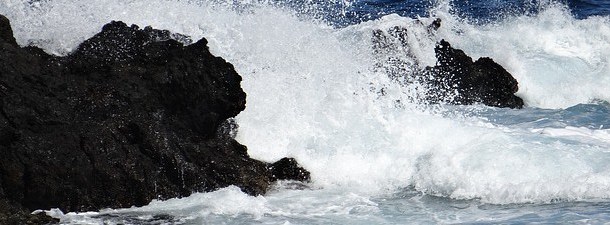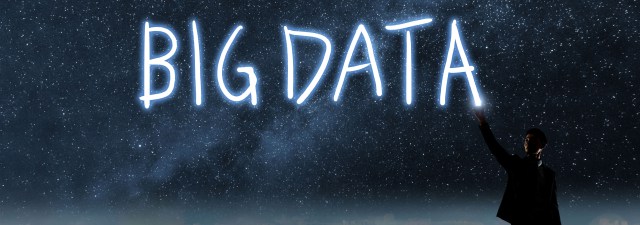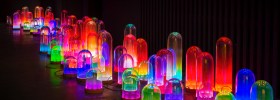The cleanest and most sustainable energies are those which come from the greatest number of sources and which we can find anywhere in the world
Sea water, freshwater and a membrane three atoms thick are the ingredients for the new clean energy that is being added to the list of renewable energies we already know of. Osmotic energy, which is currently being developed by scientists at the EPFL, will soon be able to be developed anywhere around the world that disposes of these three factors.
In general terms, electric power is produced when freshwater comes into contact with sea water via this thin membrane. The results of the research, published in Nature show that the membrane, which has waterproof characteristics, is the only one of its kind capable of making salt ions circulate with the perfect balance to achieve osmosis.
The membrane is made up of molybdenum disulphide, an element from nature, and “pierced” with millions of nanopores through which the salt ions circulate. Their activity does not stop until the salt concentrations in both fluids are the same. And water currents never stop, so its energy production is limitless. Therefore, energy is obtained by transferring electrodes, a clean and renewable source.
The key to the process lies precisely in the thickness of this membrane; a factor which has been a matter of trial and error for the investigators. If it were too big, the ions did not circulate; and the same inversely.
So how useful is it? Its potential, as with any renewable, is vast and infinite. According to the scientists’ calculations, a membrane with a surface area of approximately one and a half metres would be able to power around 50,000 energy-efficient light bulbs.
However, where could we store enough water to make this energy production scalable? The answer is simple: places where the river water flows into the sea. That is to say, in estuaries. Places where night and day, whether there is wind or not, water always flows.
So welcome to a new type of energy that could help us, in the near future, to rely less on fossil fuels.









